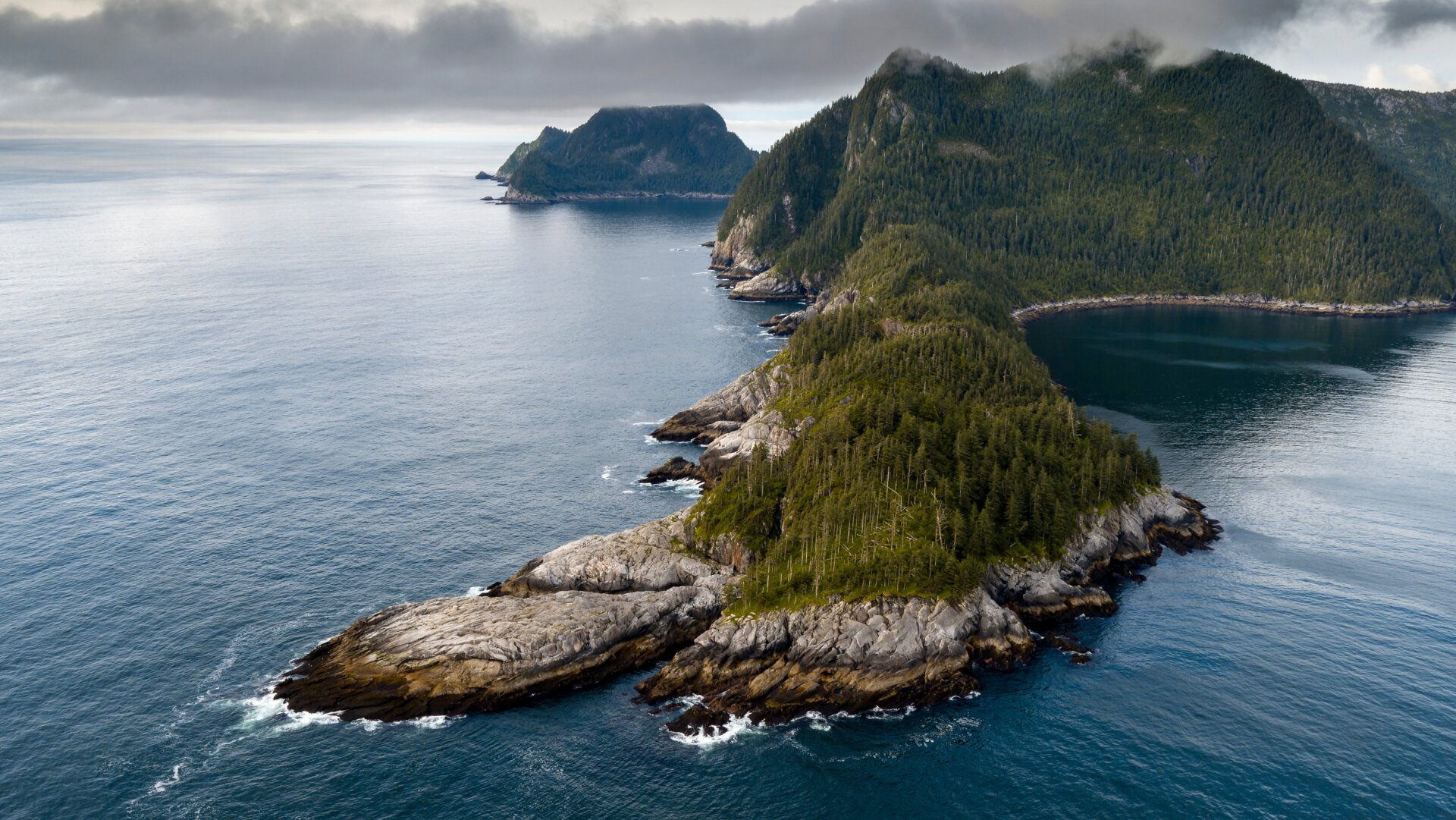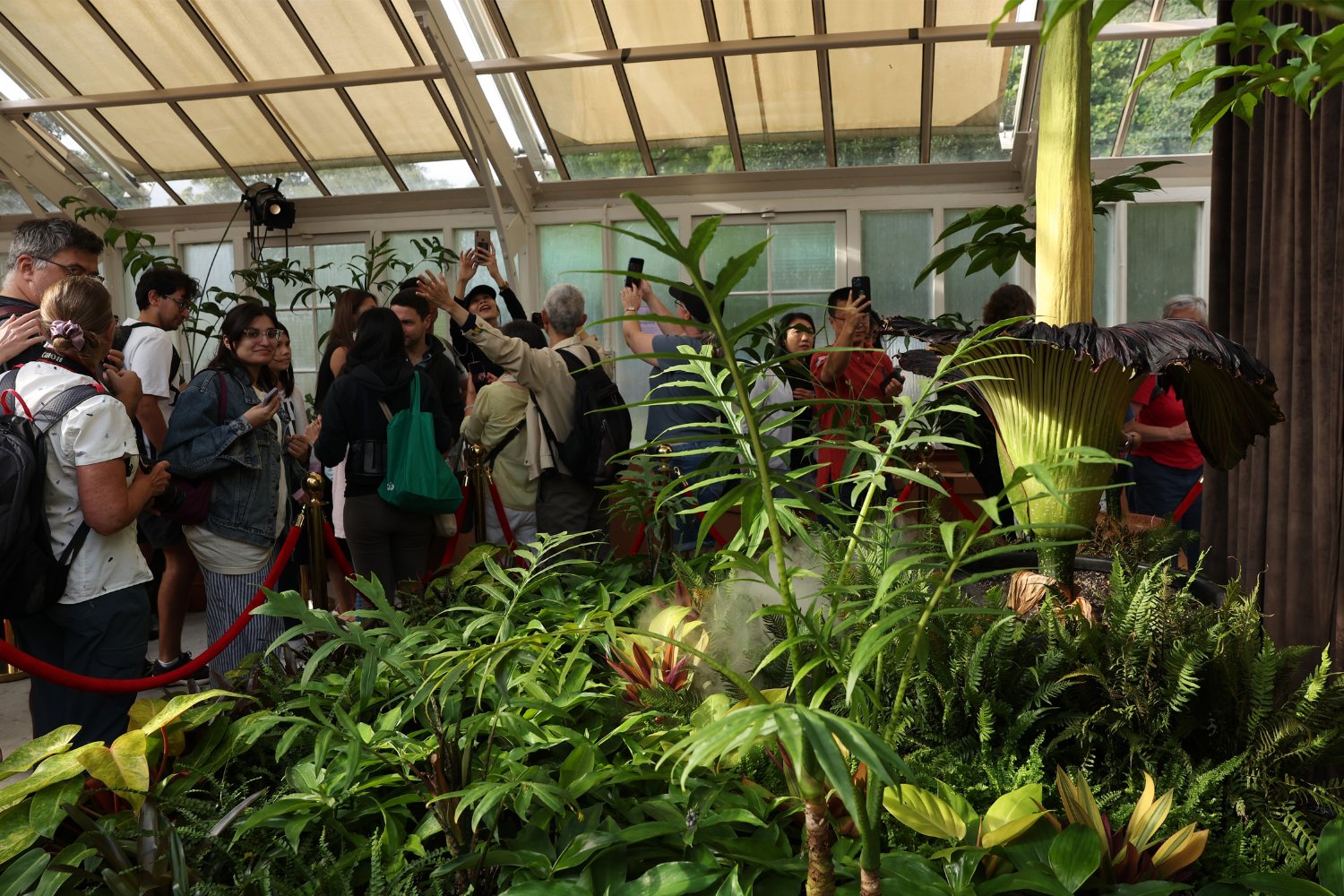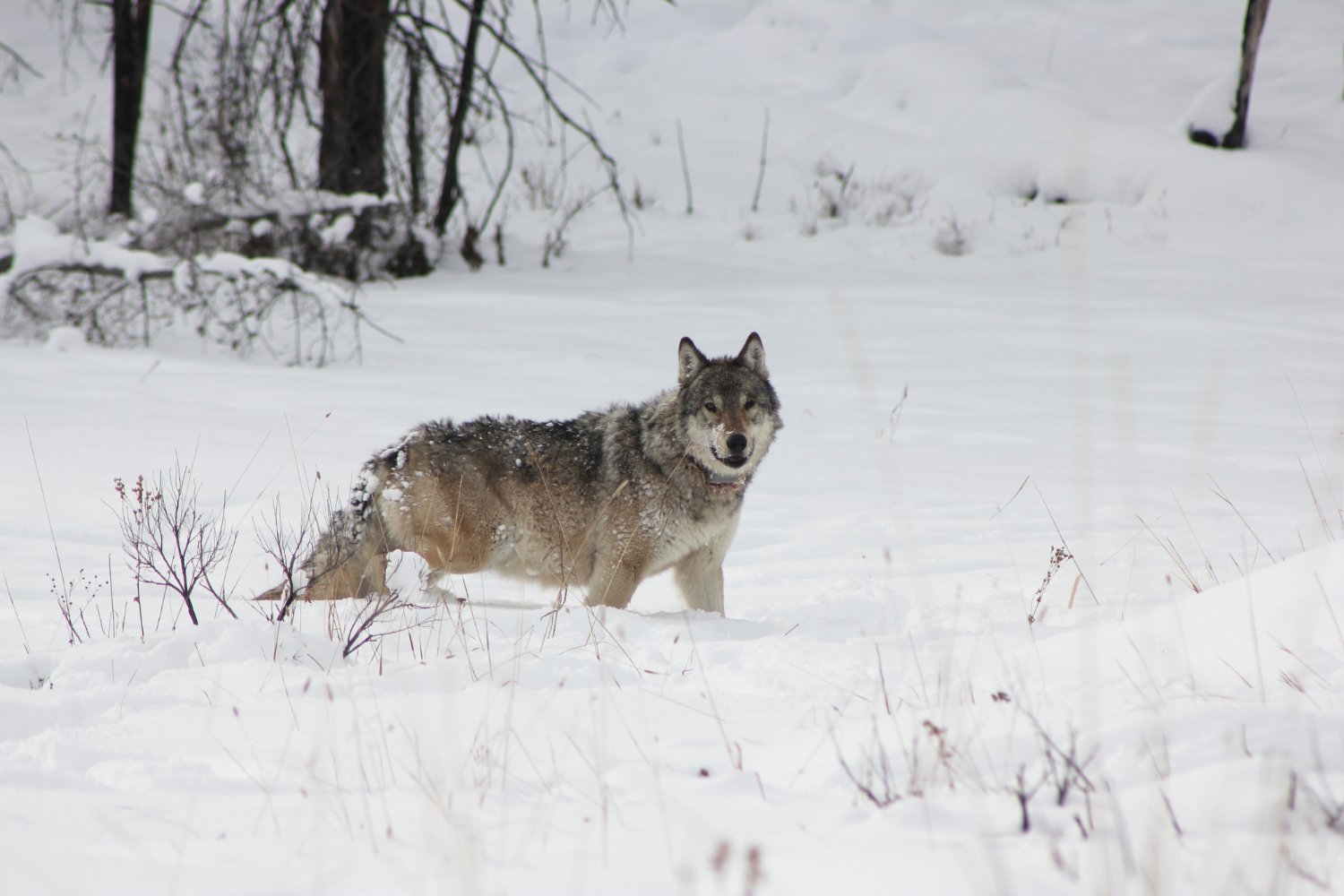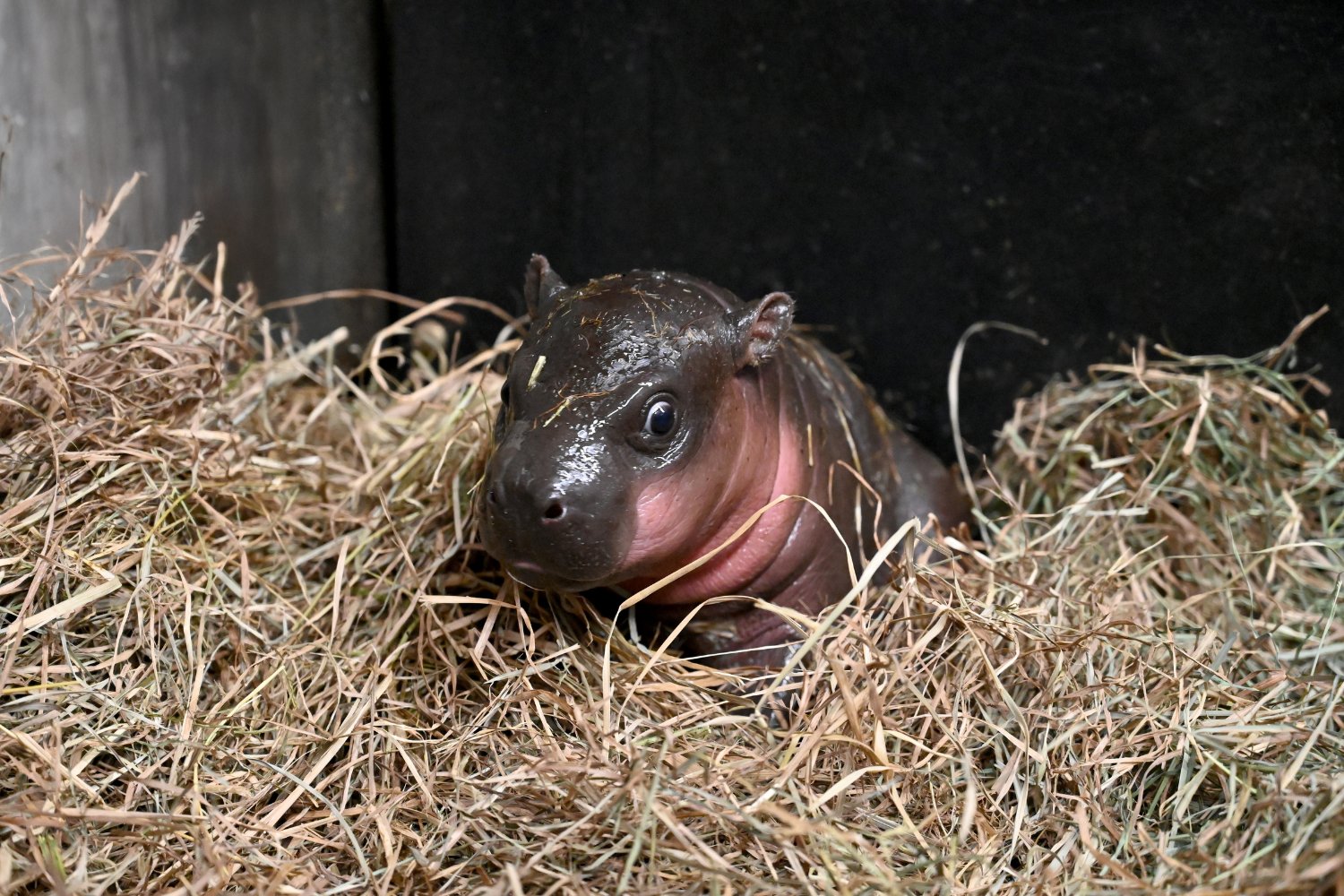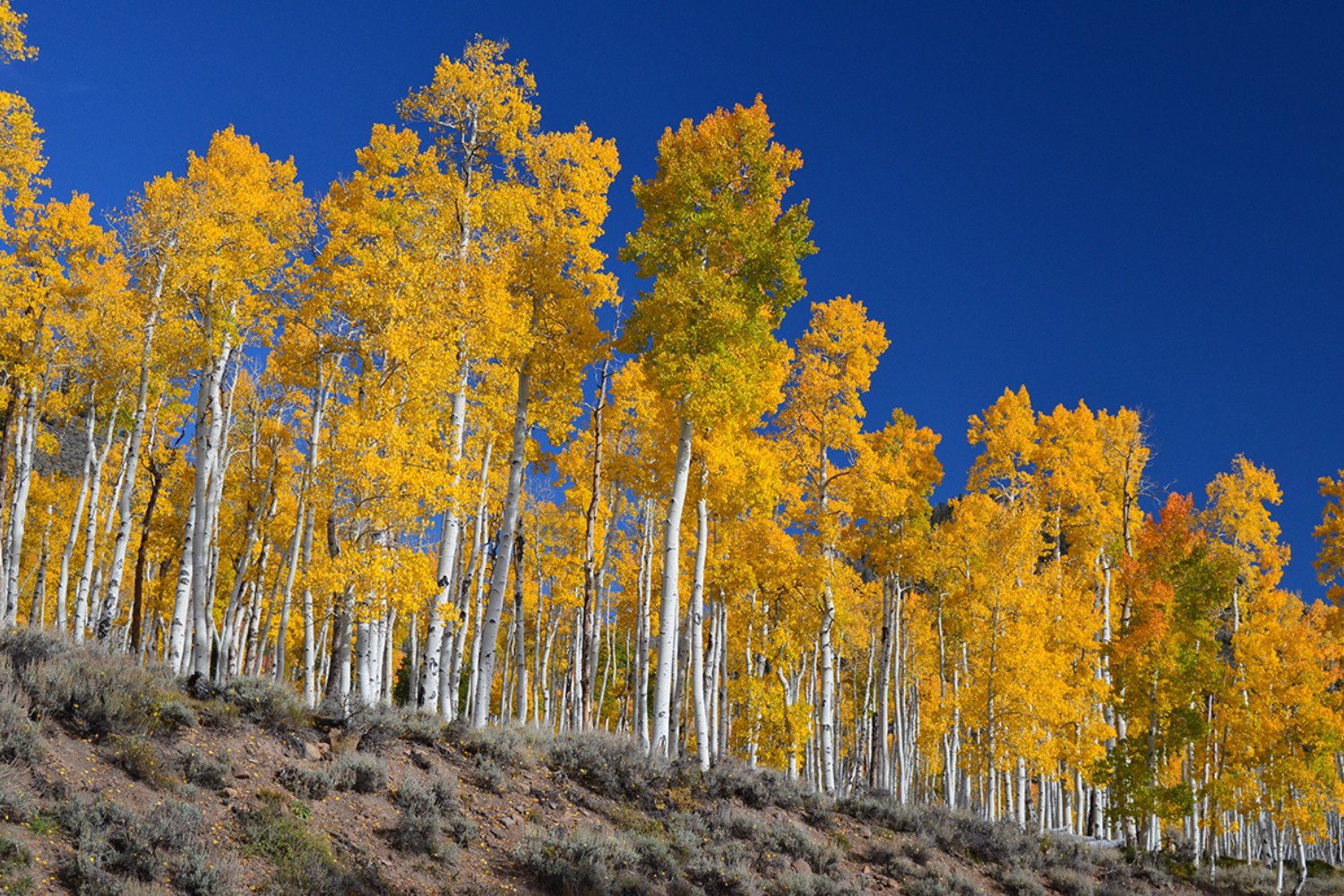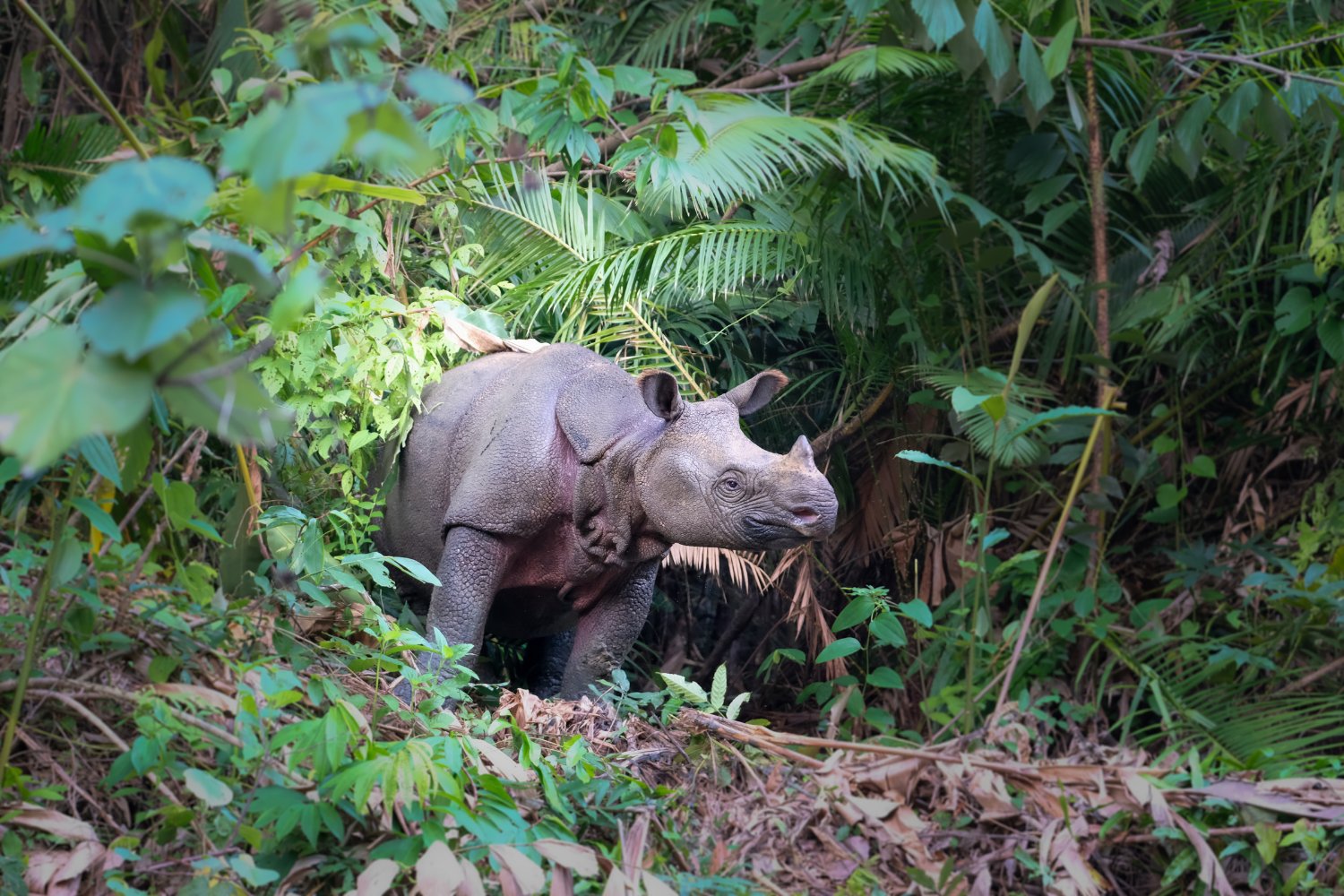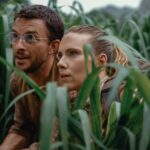If you’re a nature-lover in the U.S., you’re probably familiar with the National Park Service and how it protects landscapes. But a new book shows another group of protected wild places in America: the National Wildlife Refuge system.
Ian Shive’s “Refuge: America’s Wildest Places,” which will be published on Tuesday, shows the largest network of public lands and waters in not only the U.S. but the entire world. The stunning coffee table book shows Shive’s photographs of the diverse landscapes, from the freezing Arctic to the humid Pacific islands.
Earther spoke with Shive last week to learn more about the book and what it was like to document some of the most untouched places in the world. This interview has been lightly edited and condensed for clarity.
Dharna Noor, Earther: Could I start by asking you to explain what the National Wildlife Refuge system is?
Ian Shive: There’s so many different designations of protection for lands in the U.S. The National Park Service is sort of the most iconic and most well known to most people. But the U.S. National Wildlife Refuge system is the largest network of public lands and waters in the world. If you include not just the land in the designation but also the oceanic areas of the Refuge system, places like the Marine National Monuments of the Pacific and Atlantic, you’re looking at an area almost 10 times the size of the National Park system. And on land alone, it’s bigger, too. The park system protects something like 85 million acres, but the National Refuge system protects 150 million.
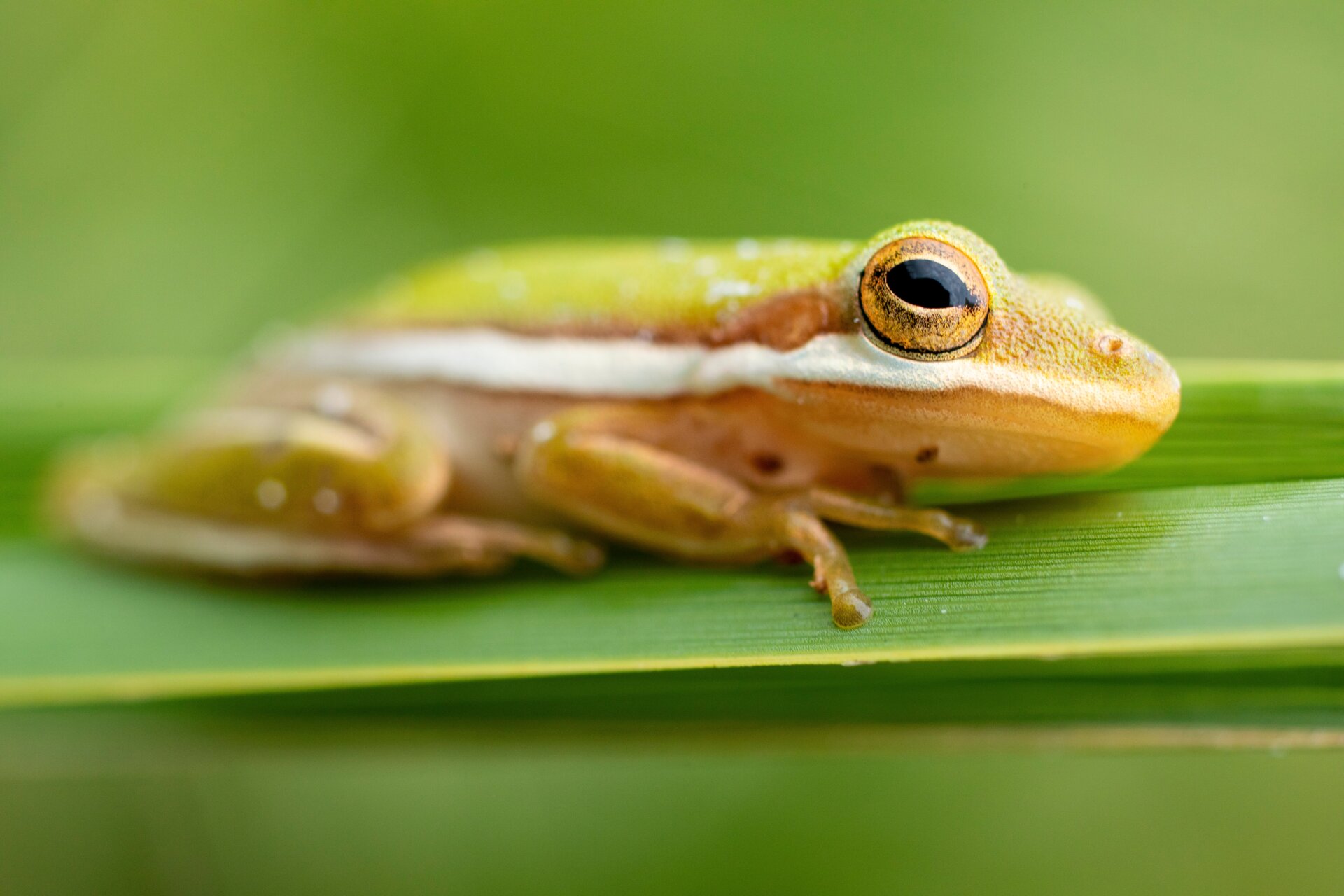
The protections and designations are also really different from the parks. There are many recreational opportunities on refuges, and they’re also well-known for being places for hunters and anglers. Whereas the parks are meant to protect land so that it may endure for future generations, the National Wildlife Refuge system is kept with the mission, first and foremost, of protecting wildlife for people to experience it. For future generations as well, of course, but for people now, too.
Earther: And why did you decide to focus a whole project on these refuges?
Shive: I actually previously published several books on the National Park system. And in that, I really enjoyed focusing on places that were lesser known within familiar places. I liked things like going into Yellowstone and focusing on the farther-out lakes, like Shoshone Lake, rather than on Old Faithful, which everyone knows.
That approach caught the eye of the U.S. Fish and Wildlife Service, the agency that manages the refuge system. They said, in not so many words, that they’re kind of locked in the shadow of the Park Service and could really use somebody to shine a light on their beautiful refuges, too. They approached me, and so began a almost decade-long relationship, beginning with the Guadalupe Nipomo dunes here in California, which was the first refuge I photographed. Then, my interest started to build, and there were some areas I initiated on my own and filed permits to photograph.
What I discovered very early on is that there is this incredible system that hardly anyone really knew about—not even me—and I’d spent all those years photographing public lands and waters. I realized that in many cases, compared to the parks, these were much larger and much wilder. These were places with no trails, often. Sometimes, just to get into them took extraordinary amounts of planning and training. You’ll sometimes see that level of wilderness in the parks, but for me, it was a whole other level with the refuges.
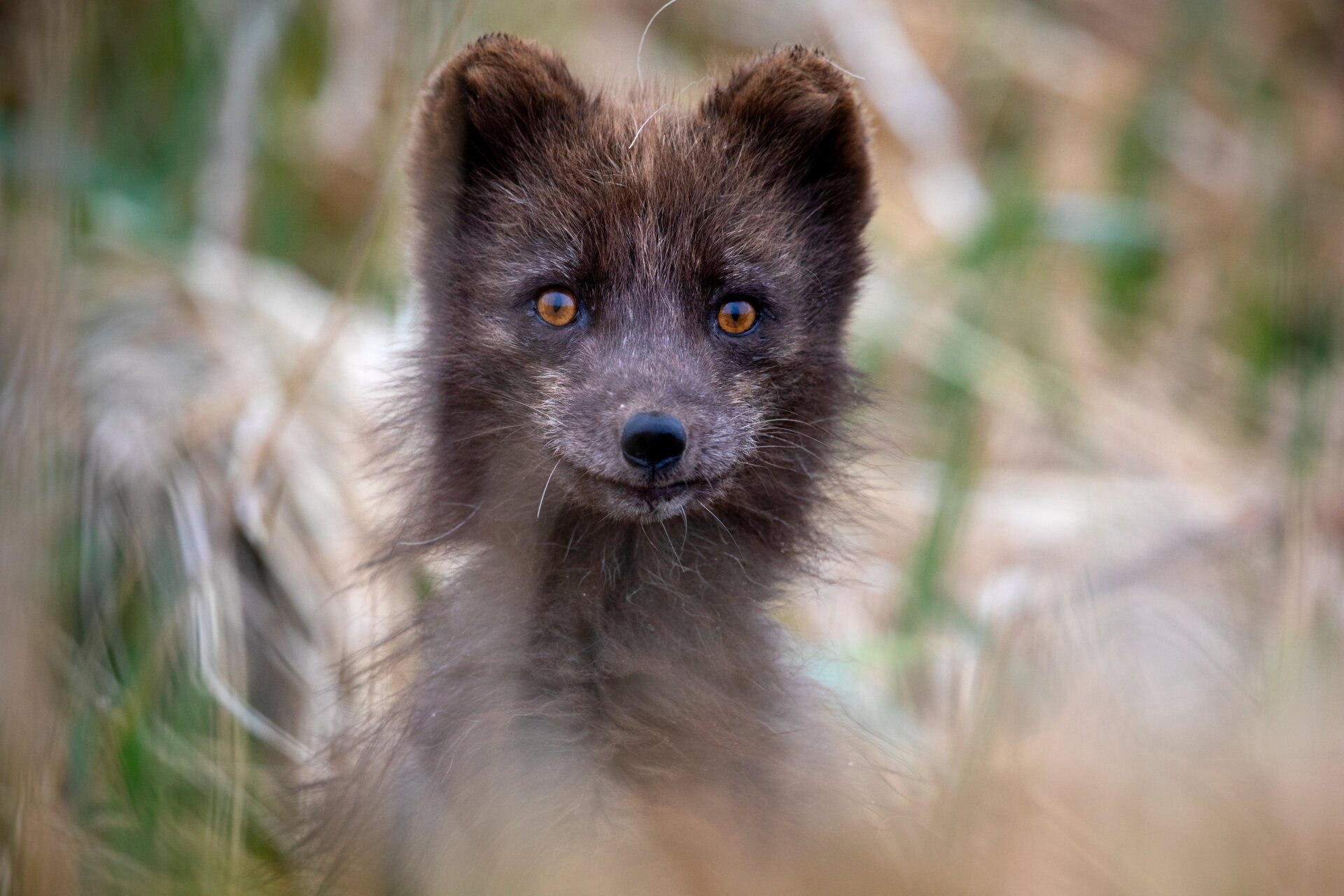
The untrammeled wilderness, to borrow a term from the U.S. Wilderness Act, is getting harder and harder. And the refuge system had islands that people had never professionally photographed before. Some places, no person has visited in modern times, or maybe even have never had people on their interior before because of the impenetrable aspects of their wildness, the shoulder-high grass and rain and rocks and obstacles that just make it almost impossible to go to. As a photographer, your imagination is instantly ignited by that possibility to uncover something new.
Earther: Wow. What was it like to undertake all of that preparation?
Shive: If you’re going into a wilderness area in Alaska in a bush plane, you’ve got to learn wilderness survival skills. You’ve got to learn what to do if the plane crashes—how to survive.
For the islands of the Pacific, I went to uninhabited islands that only few people really have ever been to, if any. And so there’s not any sort of emergency personnel there or anything like that. You’ve got to be in good health. It’s almost like lifeguard training. You learn CPR, you get certified in that, and you get certified for diving, you take swim tests, blood tests, mental health checks, vision tests, lung capacity checks, hearing checks.
Then there’s the gear preparation. I’d sometimes be working in areas where you can’t charge your batteries, where you can’t get access to something if you forgot it. So there’s this methodical process to packing and planning gear. It was hard because I was often filming video as well as the stills. I usually only have a colleague or two in the field with me, and we’d have sometimes 400 pounds of gear.
There’s other stuff, too. We had to think about, how do we eat? What happens if there’s weather delays? You know what happens with gear if it does fail, what is your backup plan? And maybe the worst part is that there’s also tons of administrative stuff. There’s paperwork and permits and booking plane tickets and hotels and changing those and missing flights when the flights don’t show up. So much.
And then you have sort of the mental preparation of it. It’s a challenge, creatively, to know I might be the first person to ever actually show a certain part of this country on a certain island or area of the Arctic or something like that. It’s a huge responsibility. And so there’s this mental preparation of asking myself, how do I do that?
Earther: How many of these trips did you go on?
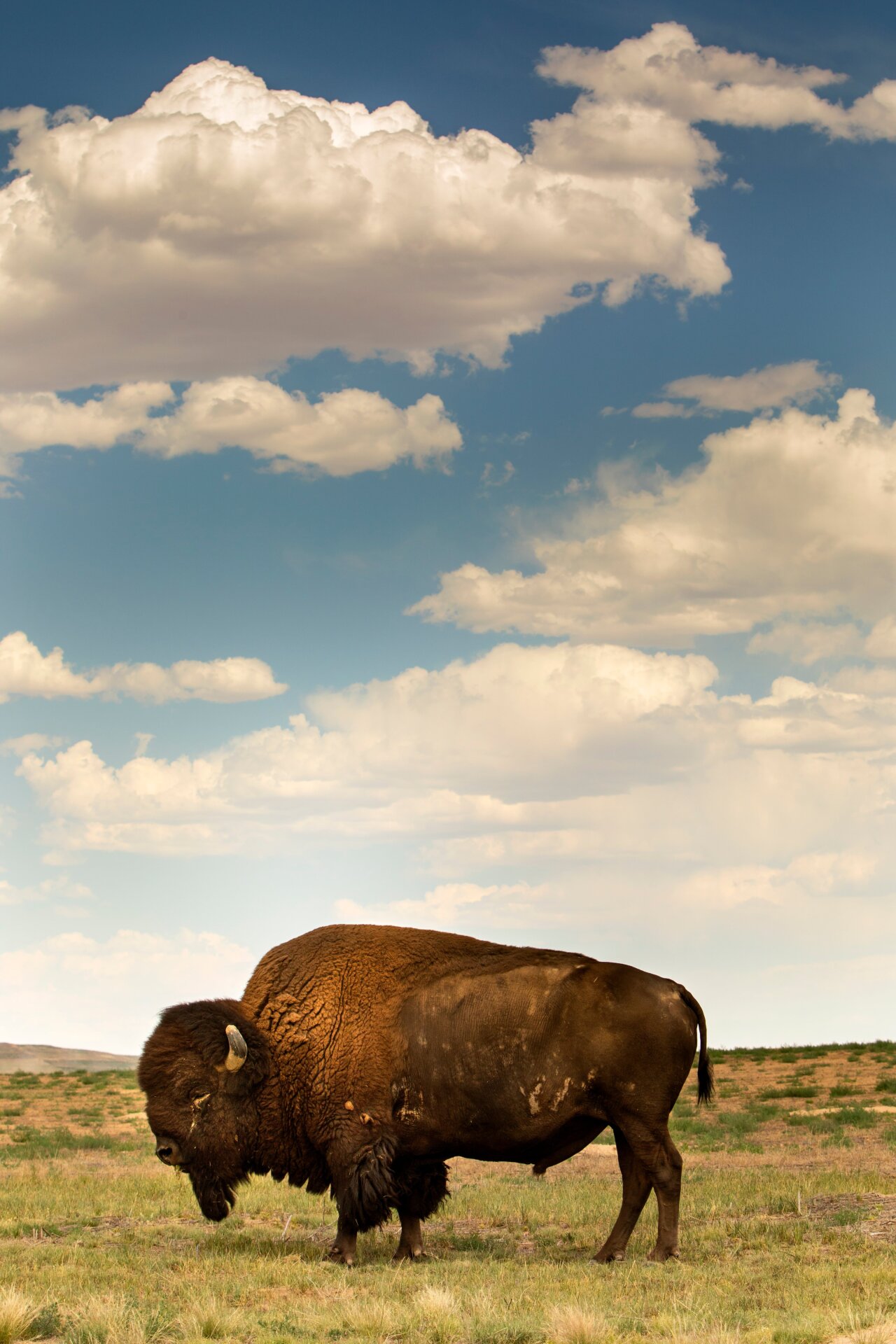
Shive: There’s something like 567 of these refuges in the country. It’s hard to say exactly, because they’re always adding smaller areas. But the book has 45 of those refuges in it. And the approach to doing this was that I wanted the book to feel like it was representative of the whole system, so that if you really went through it cover to cover, you’d sort of get a feel of what the system is really about. So for instance, Alaskan areas represent about 51% of the refuge system, so there’s a lot of Alaska in the book. Similarly, the Pacific include the oceanic areas is massive. We wanted to represent that.
The way the book moves is that it begins with the places that are the most wild, and then moves into the rest of the country to places that are more accessible or open to visitation, which, there are a lot of them. It geographically represents the entire refuge system from Maine, into Vermont and New Hampshire, down to Florida, to the bayous of Louisiana, up into the Midwest, across to Colorado, the Pacific Northwest, down to California, in the desert southwest—all around, essentially. We wanted to show all of the different kinds of ecosystems.
A lifetime really would never truly embody the whole refuge system. I don’t think any one person is capable of it. But I think this was the closest attempt.
Earther: Which refuges were the most striking, and which were most difficult to prepare for?
Shive: You get to an island, and it’s like, okay, there’s no docks. So you’re in your little skiff in the North Bering Sea, which has the deadliest catch waters and some of the strongest waves on the planet. And you’ve got to find a way to pull over your little skiff onto the rocky beach. Then once you do, there’s no trails. It’s humid. You’re dealing with constant heat, rain, cyclones. I mean, they’re incredible places. And the interesting thing is they sell really well in photographs because people look at it and think, wow, looks like paradise because there’s palm trees, blue water and fish and coral everywhere. But for me it’s like, well, I think on my trip to Palmyra Atoll, an island where I was for two weeks, I lost 12 pounds in two weeks while hiking through the jungles. So it’s hard, hard work. And palm trees are actually an invasive species there, but people look at palm trees and think, paradise. But yes, it’s beautiful.
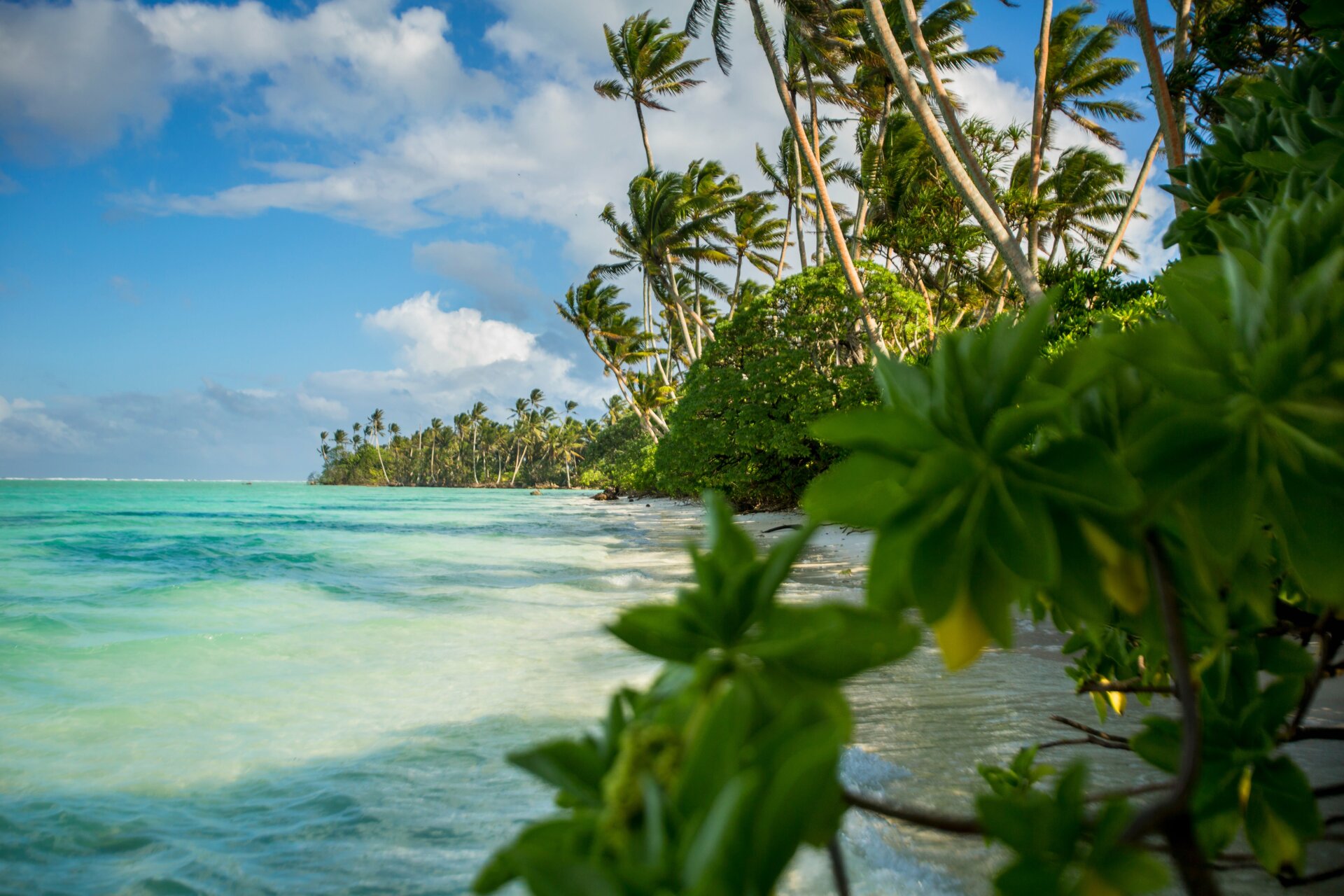
Earther: You mentioned how incredible it was to be around polar bears. What was it like to be up close with animals that many never get to see in their lives?
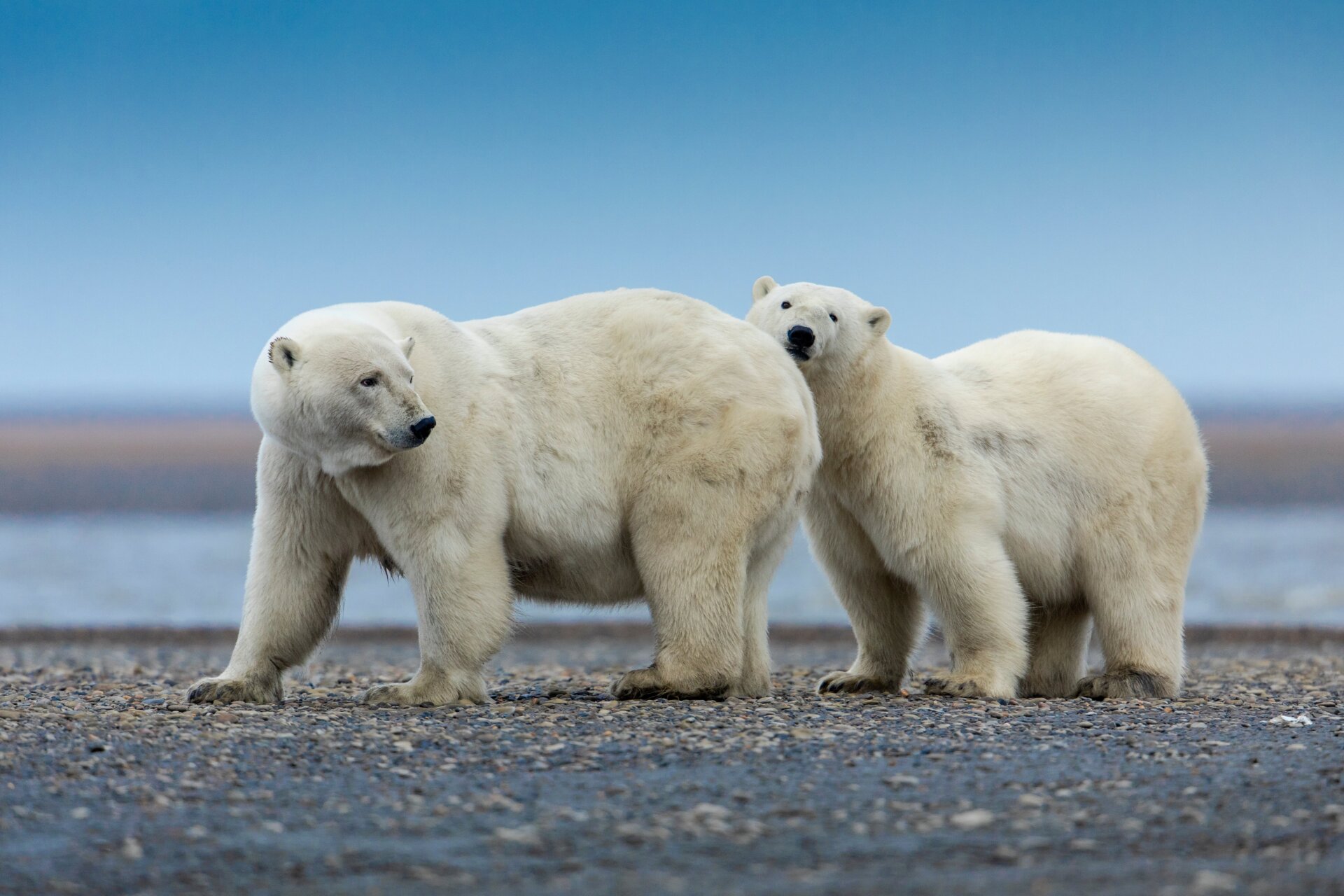
Shive: It’s mesmerizing. It feels magical. It feels sort of like a dream. You know, these trips are probably is the longest I think I’ve ever sat still in my life.
I actually think some of the bird moments were most amazing. Polar bears are, too, because they’re so iconic. But for me, I remember spending time with Laysan albatross at Midway Atoll [which is a small island in the North Pacific Ocean] and just sitting out in the field with them for 12 hours a day. Or seeing tens of thousands of seabirds as they’d come in off the ocean. That’s what I remember most. It’s a privilege to be seeing some of Earth’s most untouched areas.
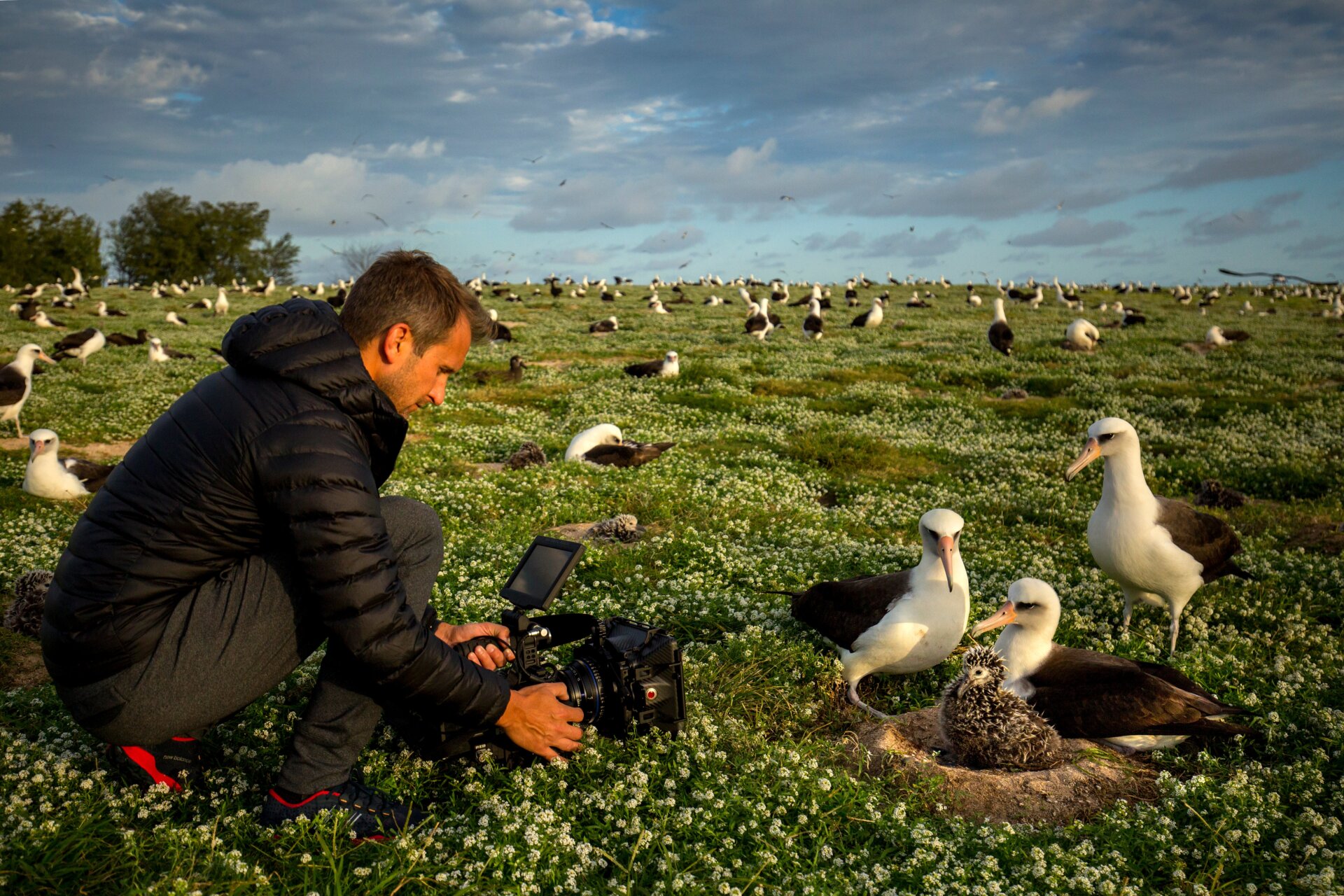
Earther: Looking through the book, I was struck by how pristine some of these areas are. But I was also struck by how close they can feel to human life. Sometimes you can see a human footprint from very far away. In your pictures of the Maritime National Wildlife Refuge in Alaska, you photographed the marine debris, the bottle caps and the pieces of string and trash that had floated in from from the waterways. How much did you see that human impact?
Shive: Too often is the short answer.
We started working on the book around January in earnest. But it wasn’t really going to come out this year. It was moving forward at a normal rate, starting to come together, starting to curate the imagery. But then the pandemic hit, and we realized that people are going to really need this book right now. We started talking about what refuge means and the idea that we’re seeking a new kind of refuge right now. People are seeing refuge in the outdoors.
But though people were looking for the pristine, and many of these places are, no place is truly untouched. For instance, the the only National Wildlife Refuge many have heard of is the one in the Arctic, because for 40-some years there has been a legal battle about drilling in that area. And so I flew over parts of the Arctic, like the Prudhoe Bay, in places where they’re drilling and so on. And I’ve seen where the polar bears are, and nowthat area is exactly where they’re going to drill.
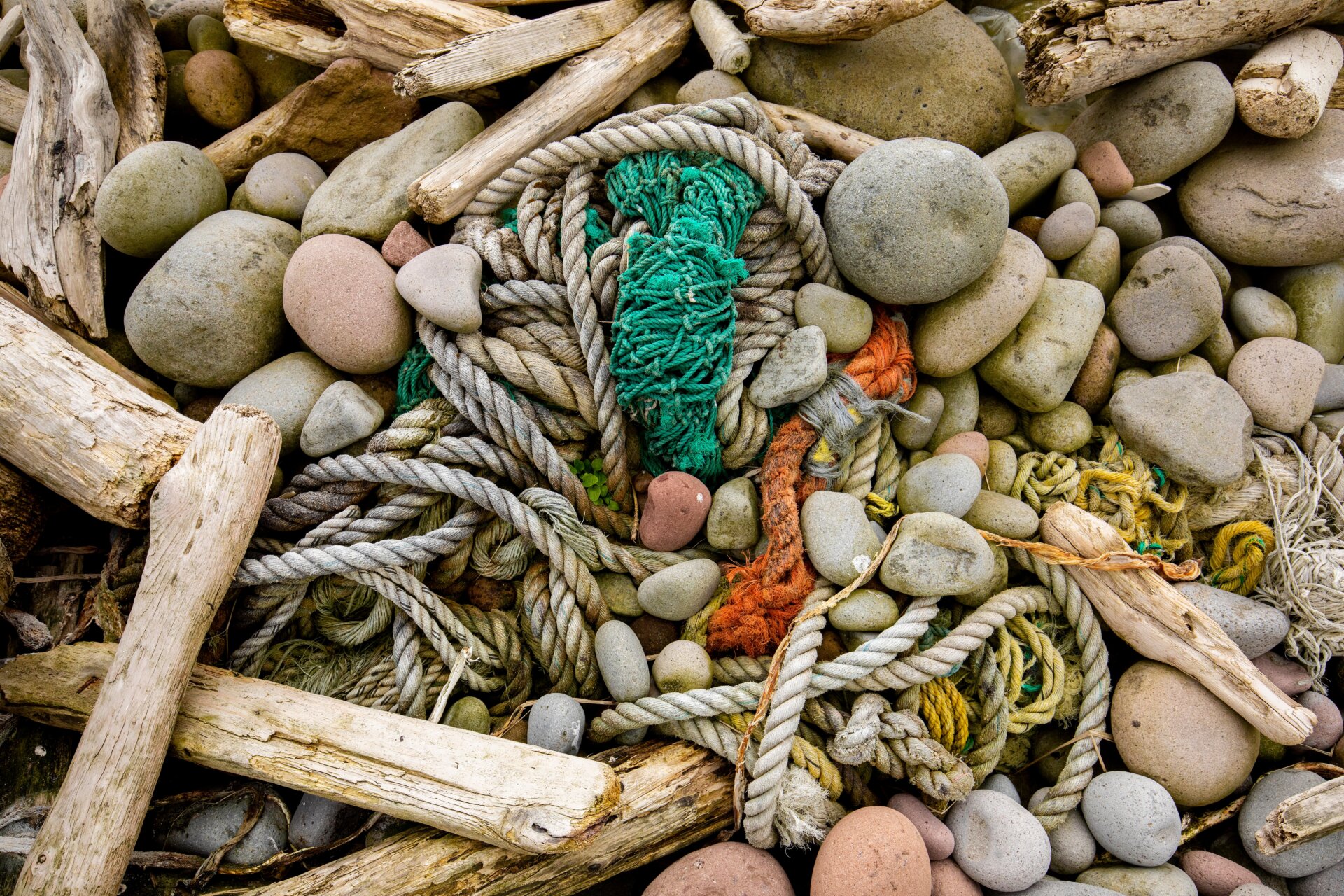
Earther: Because of the Trump administration’s recent decision to open it up to oil and gas companies.
Shive: Right. So that’s one example, but there were actually very few places I went where you don’t see the impact of of of humans. You know, Midway Atoll is famous for its plastic pollution. Something like 5 million pounds of plastic arrive every year at Midway. It gets into the stomach of albatross, it washes on shore. You’re finding oil cans, gas cans, plastic bottles and bags. You’ll see shopping bags from a grocery store when you’re 1,200 miles from the closest town.
Earther: And then there’s the impact of climate change.
Shive: Right, and that’s something I’ve seen not just in the eight years I worked on this project, but in my decades of photographing the park system, too. I’ve seen the pika, which are this cute little combination of mouse and rabbit, going higher and higher and higher and higher into the plains, running out of places to go as it gets hotter.
The heat has become more relentless. The snow comes later or not at all. There’s ocean acidification and coral bleaching. but it’s hard to convey climate change in photographs sometimes. It’s hard to convey it without words. So that’s why the writing in the book from contributors is so important.
There’s still a lot about the impacts of climate change scientists don’t know. There’s still a lot about that we’re learning about how humans affect the Earth. That’s just another reason we need to protect these places: We don’t have a whole lot of places left that we can study in nature that haven’t seen our impact or without, you know, with at least minimal impact to understand what changes are taking place.
Plus, nature is healing. I mean, being in nature is so healing. Physically, because we extract things from it from which we create our medicines and heal our bodies. And it’s another kind of healing, too. Spending 20 minutes in a quiet wood is healing. The wild is our greatest resource.
